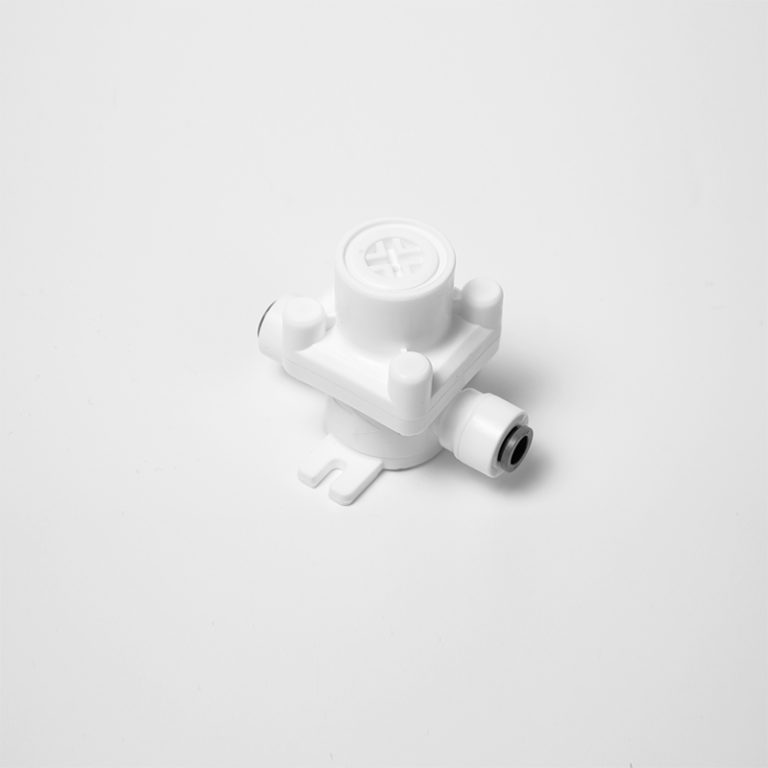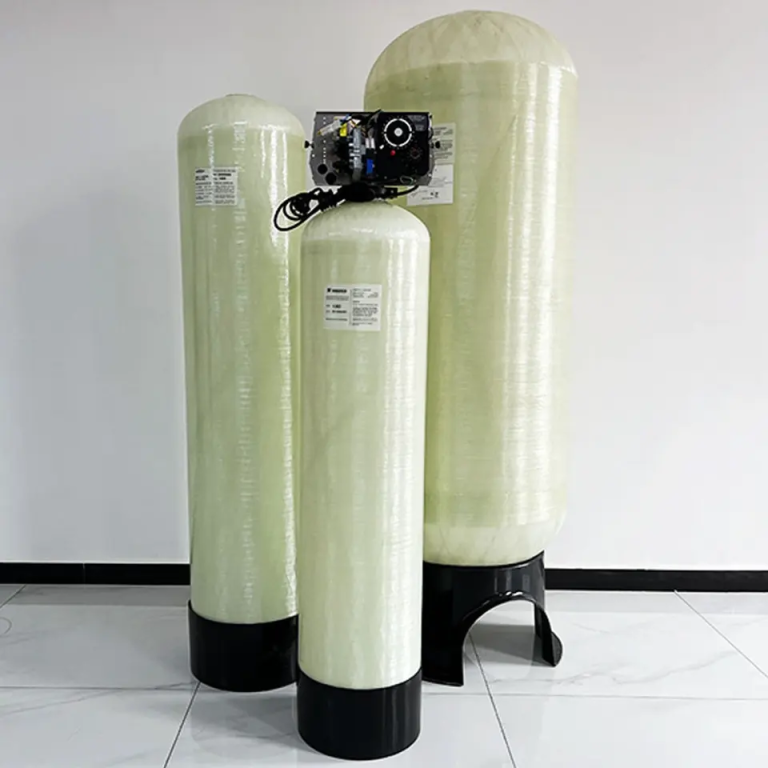“High turbidity, low clarity – protect your water quality.”
Effects of High Turbidity on Water Quality
Turbidity is a measure of the cloudiness or haziness of a fluid caused by suspended particles. In the context of water quality, high turbidity levels can have a range of negative effects on both the environment and human health. When turbidity is too high in water sources, it can impact aquatic ecosystems, drinking water quality, and recreational activities.

One of the primary concerns with high turbidity levels in water is the impact on aquatic ecosystems. Suspended particles can block sunlight from reaching aquatic plants, which can disrupt photosynthesis and ultimately harm the entire food chain. Additionally, high turbidity can clog the gills of fish and other aquatic organisms, making it difficult for them to breathe and obtain oxygen. This can lead to decreased populations of fish and other aquatic species, disrupting the balance of the ecosystem.
In addition to its effects on aquatic ecosystems, high turbidity can also have significant implications for drinking water quality. Turbidity is often an indicator of the presence of other contaminants in water, such as bacteria, viruses, and parasites. When turbidity levels are high, these contaminants can be more difficult to remove through traditional water treatment processes, increasing the risk of waterborne illnesses for those who consume the water. In extreme cases, high turbidity levels can even lead to boil water advisories or the shutdown of water treatment facilities, leaving communities without access to safe drinking water.
Furthermore, high turbidity can impact recreational activities that rely on clean water sources. Swimming, boating, and fishing are all popular recreational activities that can be negatively affected by high turbidity levels. Cloudy water can make it difficult to see hazards such as rocks or debris, increasing the risk of accidents and injuries. Additionally, high turbidity can make water unpleasant to swim or fish in, reducing the enjoyment of these activities for recreational users.
In order to address the negative effects of high turbidity on water quality, it is important to understand the sources of turbidity and take steps to reduce them. Erosion from construction sites, agriculture, and deforestation are common sources of sediment that can contribute to high turbidity levels in water. By implementing erosion control measures such as vegetative buffers, silt fences, and sediment ponds, it is possible to reduce the amount of sediment entering water sources and improve water quality.
In conclusion, high turbidity levels in water can have a range of negative effects on aquatic ecosystems, drinking water quality, and recreational activities. It is important to monitor turbidity levels in water sources and take steps to reduce sources of sediment in order to protect water quality and the health of both the environment and human populations. By addressing the root causes of high turbidity, we can work towards ensuring clean and safe water sources for all.







